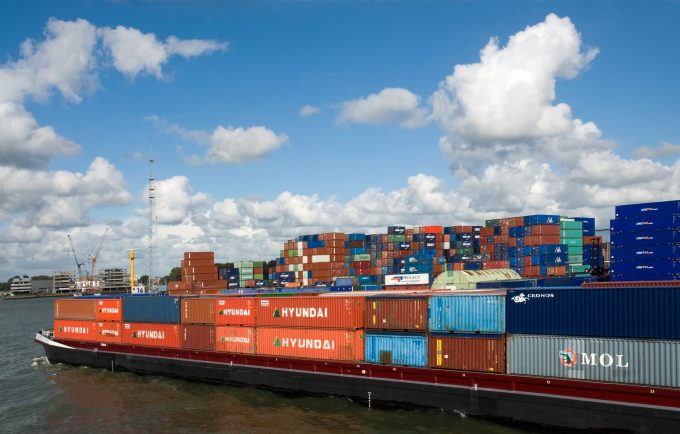Congestion at box ports still plaguing Europe's inland waterways
Worsening weather can wreak havoc on inland container networks across northern Europe, leading to surcharges, ...

DP World’s renewed focus on its inland water terminals could be key to solving the systemic barge congestion that has blighted Northern Europe for the better part of a decade.
The terminal operator has been pushing intermodal services at its ports across Europe as part of its efforts to meet sustainability goals, but sources said attention on the terminals would also “likely improve” the “appalling services” offered by barge operators.
One source told The Loadstar: “The terminals are the spider in the ...
'Disastrous' DSV-Schenker merger would 'disrupt European haulage market'
New senior management for DSV as it readies for DB Schenker takeover
Volumes set to 'fall off a cliff' as US firms hit the brakes on sourcing and bookings
Asian exporters scramble for ships and boxes to beat 90-day tariff pause
Amazon pushes into LTL for small package fulfilment and UPS does a u-turn
Temporary tariff relief brings on early transpacific peak season
Pre-tariff rush of goods from US to China sees air rates soar, but not for long
Forwarders 'allowing the fox into the chicken run' by supporting 'hungry' carriers

Comment on this article